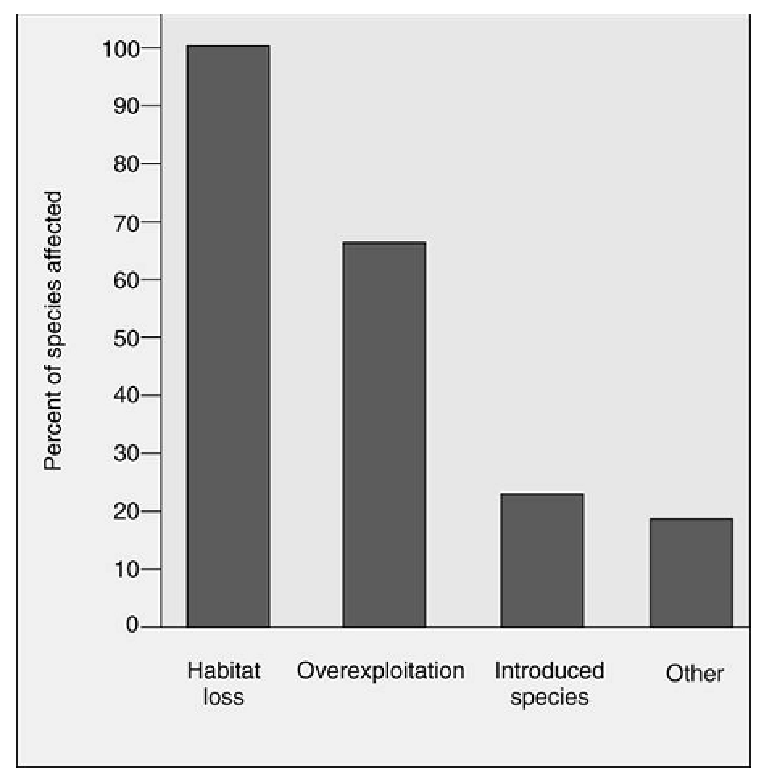Which of the following is monatomic?
A. He
B. H2
C. O2
D. N2
B. H2
You might also like to view...
While reading an online science magazine, you come across an article on declining turtle populations across the globe. Based on the graph, what would you guess are the two biggest factors in the decline? Choose two.

_____ Harvesting of turtles for food, pets, or medicine
_____ Competition with invasive species
_____ Destruction of wetlands and breeding beaches
_____ Developmental problems due to rising temperatures
_____ Disease from introduced parasites
Additional:
Clarify Questions
· What is the key concept addressed by the question?
· What type of thinking is required?
Gather Content
· What do you already know about causes of extinction?
Choose Answer
· Given what you now know, what information and/or problem solving approach is most likely to produce the correct answer?
Reflect on Process
· Did your problem-solving process lead you to the correct answer? If not, where did the process break down or lead you astray? How can you revise your approach to produce a more desirable result?
The gallmaking fly larvae feeds on goldenrod plants, causing the plant tissue to produce a growth deformity called a
gall. How does parasitism of small galls by wasps and predation of fly larvae in large galls by birds result in a higher percentage of medium sized galls?
What will be an ideal response?What conclusion was associated with mutant strain III in the accompanying figure? a. It contained all the enzymes needed for normal metabolism.
a. It contained all the enzymes needed for normal metabolism.
b. It was missing all the enzymes for metabolism of amino acids.
c. It was missing the enzyme that catalyzes the conversion of citrulline to arginine.
d. It was missing the enzyme that catalyzes the conversion of ornithine to citrulline.
e. It was missing the first enzyme in the arginine metabolic pathway.
During a stay in the hospital, an accident victim develops symptoms of bacteremia. A blood sample shows the presence of Gram-positive cocci in pairs. Lab tests determine that the bacteria are nonhemolytic and bile salt tolerant. The bacteremia is likely due to
A) Enterococcus. B) Mycoplasma. C) Staphylococcus. D) Streptococcus. E) Listeria.